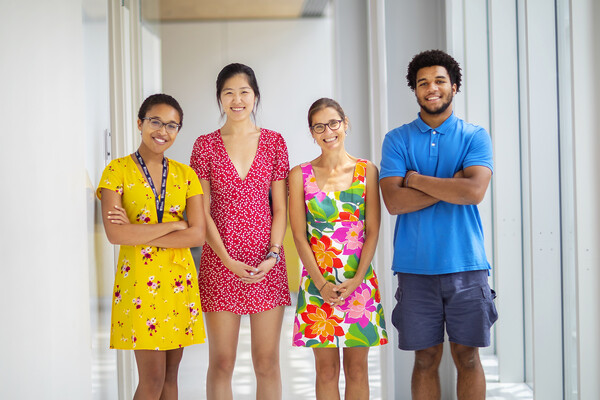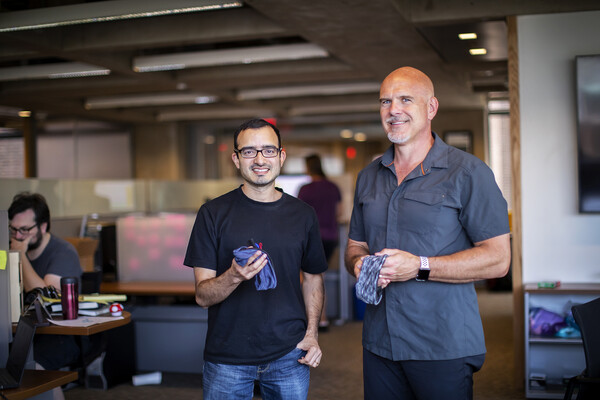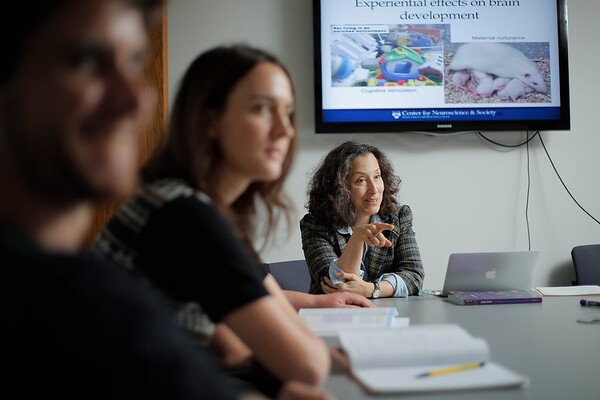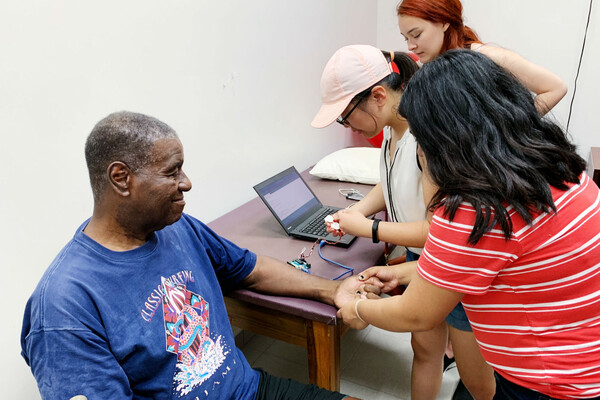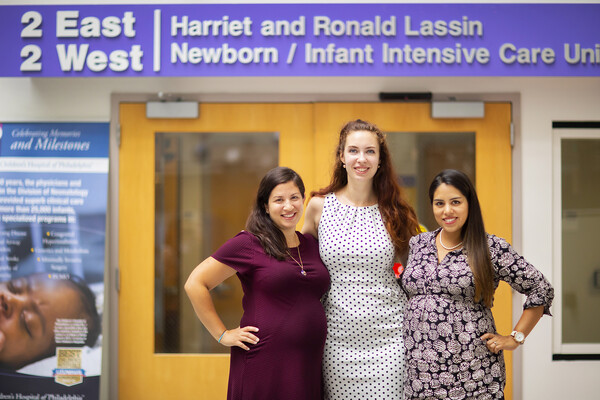
To predict what will happen in the future, its important to understand what happened in the past. Thats the idea behind ArchaeoGLOBE, a project that looks at land use around the world—like in the Italian Alps, seen here—during the past 10,000 years. (Photo courtesy: Lucas Stephens)

